#AutonomousVehicles
Uber Eager to Restart Autonomous Testing, This Time With Two Safety Drivers
Are two safety drivers better than one when it comes to the testing of self-driving cars? Uber Technologies feels it is, declaring as much to Pennsylvania’s road regulator. The company has filed an application with the state’s department of transportation to resume testing of autonomous Volvos, eight months after a fatal collision with a pedestrian on a darkened Arizona highway.
Uber stopped all autonomous testing in the wake of the March 18th collision, with the Arizona program dismantled for good. In Pittsburgh, the company hopes to show it learned from the safety lapses revealed in the accident investigation. These Volvos now have two fail-safes on board. Is it enough to restore the public’s trust?
Volkswagen Might Put Audi on the Back Burner, Spend More Time With Ford: Report
According to sources who spoke to Reuters, Volkswagen Group has more interest in pursuing technological relationships with new partners, especially Ford, than continuing on with Audi as its main development hub. At least for a while.
VW CEO Herbert Diess will reportedly unveil a 10-year plan to his company’s board later this month, part of an efficiency initiative born of diesel fines and the need to stay ahead of rivals. While the move would lessen Audi’s importance in the group, VW would stand to save big on R&D costs. Meanwhile, Ford might get access to VW’s electric vehicle architecture.
Midterm Elections Add Ticking Clock Element to Congress' Self-Driving Car Bill
It looks like Congress’ new self-driving bill might have to wait until a new batch of unmentionables plant their collective rear ends in the seats populating Capitol Hill. Already passed in the House, the SELF DRIVE Act has managed to garner bipartisan support — a true miracle in these troubled times.
However, it’ll have to spread wings if it wants to be signed into law before year’s end. The midterm elections could stymie everything and force Congress to start all over again. A likely prospect, considering the Senate is still going over the bill.
“This entire process has been an incredible feat of bipartisanship,” Greg Rogers, director of government affairs at Securing America’s Future Energy, told Bloomberg. “Attempting to recreate a bill that’s this ambitious and this significant would be like trying to catch lightning in a bottle all over again.”
Global Survey Reveals Who We'd Prefer to Sacrifice on the Bumper of a Self-driving Car
In 2014, as publications and automakers began making greater noise about autonomous vehicles, researchers at MIT’s Media Lab issued some questions to the public. The institute’s Moral Machines experiment offered up a series of scenarios in which a self-driving car that has lost its brakes has to hit one of two targets, then asked the respondents which of the two targets they’d prefer to see the car hit.
Four years later, the results are in. If our future vehicles are to drive themselves, they’ll need to have moral choices programmed into their AI-controlled accident avoidance systems. And now we know exactly who the public would like to see fall under the wheels of these cars.
However, there’s a problem: agreement on who to sacrifice differs greatly from country to country.
More Evidence That Self-driving Cars Are on a Road to Nowhere
We’ve been critical that self-driving systems are, ahem, “oversold” by automakers and tech firms hoping to boost their stock valuations. That doesn’t mean autonomous vehicles won’t happen, just that the timeline is probably a lot longer than the public has been led to believe. Still, it makes sense to pursue AVs. The first company to achieve legitimate self-driving will blow the hinges off a door leading to an array of new business opportunities.
General Motors, long considered a frontrunner in the autonomous race, is apparently in desperate need of a second wind. Its Cruise self-driving unit is said to be woefully behind in its attempt to bring an autonomous vehicle to the commercial market by 2019. Some GM staffers have confessed that the current system isn’t even capable of identifying whether objects are in motion or not — which seems like an important distinction for a computer-controlled automobile to be able to make.
Tesla Places Pointless 'Self-Driving' Option On Hiatus
Tesla Motors is abandoning the “fully self-driving” purchasing option on all of its vehicles. The option debuted in 2016 as a way to ensure your new car would be future-proofed and able to incorporate autonomous features. But those upgrades never really came — leaving customers who spent $8,000 angry enough to file a class-action lawsuit against the company for failing to deliver on its promises. At least they still got those EV tax credits and free access to the company’s fancy new Autopilot chip (which is also a bit of a mystery item).
The option appears to have been removed from Tesla’s website this week — prompting customers to ask CEO Elon Musk what was up after he announced a rejiggering of the Model 3 lineup. According to a tweet from Musk, the self-driving option was removed because it “was causing too much confusion.”
Well, whose fucking fault was that?
Freeway Spinouts and Injuries: Report on Uber-Google Lawsuit Shines Light on Self-driving Tech's Dangerous Early Days
If reading about young brainiacs with God complexes and too much money living in Silicon Valley makes you ill, best not read this while eating. For everyone else, you’re encouraged to take a peek at this report in The New Yorker.
It’s a Marianas Trench-deep dive into what occured in the years leading up to last year’s filing of an intellectual property theft lawsuit by Google’s Waymo autonomous vehicle unit against ride-hailing company (and rival self-driving vehicle developer) Uber. The alleged theft is intriguing, but the behind-the-scenes accounts of what went on at Google’s pre-Waymo self-driving car effort is the stuff of HBO and Netflix. There’s crashes and mayhem, egos, genius, and money, money, money.
Absolutely no sex, of course.
Feds Abandoning 10 Self-driving Test Sites, Sticking With Voluntary Regulation
With Honda and General Motors teaming up on a self-driving car and GM’s Super Cruise getting the green light from Consumer Reports, it’s already been a busy week for automotive autonomy — and it’s only getting busier.
The U.S. Transportation Department plans to repudiate 10 locations previously outlined by the previous administration to serve as federally recognized proving grounds for self-driving vehicle tech. But don’t think for a second that this means the noose is tightening around the neck of autonomous testing. The Trump administration is preparing a new initiative that will lead to nationwide testing from just about anyone who can cobble together a vehicle with advanced driving aids.
Honda Invests Big in GM's Cruise Self-driving Arm
Honda likes what GM Cruise LLC is doing, and wants it to have some cash. On Wednesday, the Japanese automaker announced it would invest $2.75 billion in the GM-owned autonomous driving company, hoping to reap some of the reward of its purpose-built self-driving car.
While still under development, Cruise claims the vehicle — free of such things as a steering wheel or pedals — will arrive in 2019. Already, the company has a fleet of modified Chevrolet Bolts operating as testbeds for the technology. Once unveiled, GM Cruise plans to use the vehicle in a new ride-hailing service while also making it available to others, potentially funneling big bucks into its parents’ coffers. Honda’s, too.
Toyota's Self-driving Car Plan Still Incorporates the Driver, Calls Bullshit on Level 5 Autonomy
Despite being one of the largest manufacturing giants currently in existence, Toyota is trailing in the autonomous technology war currently raging among carmakers. But it would unfair to say that the Japanese brand is losing. While General Motors appears to lead the rest of the established automotive firms, it’s not perfectly clear how big a gap it made for itself. Meanwhile, Toyota spent the last few years taking a more cautious approach, without ever ignoring the possibility of an autonomous future.
In 2015, the automaker decided to get serious, saying it would invest billions of dollars into the Toyota Research Institute. The goal? To advance robotics and artificial intelligence to a level where it could test an autonomous vehicle by 2020. But Toyota remains skeptical of the rest of the industry’s progress on self-driving cars.
“I need to make it perfectly clear, it’s a wonderful, wonderful goal,” Gill Pratt, the CEO of the Toyota Research Institute said at CES 2017. “But none of us in the automobile or IT industries are close to achieving true Level 5 autonomy, we are not even close.”
The Vision INext is BMW's Crystal Ball, Slated for Production in 2021
BMW has showcased the new flagship SUV for the electric i brand. Called the Vision iNext, the vehicle’s aim is to make customers appreciate what’s on the inside — which is important when you’re moving into mobility and out of driving. BMW claims that the model represents the union of vehicular autonomy, connectivity, electrification, and services. It also represents the end of the car as we currently know it.
Don’t confuse the iNext as the death knell of motoring, though. This remains a concept car, not something that you’ll see appearing in your neighbor’s garage in the coming months. Despite promising a production model in 2021, this is still a conceptual exercise — BMW’s attempt at building a crystal ball that allows it to peer into the future. While we’re not going to argue the validity of clairvoyance or scrying, we will suggest that the utility vehicle is probably a more useful forecasting tool than a glass orb and a gut feeling.
VW Seeking Industry Alliance for Self-driving Cars, Legal Protection for When They Crash
Volkswagen Group is interested in teaming up with other automakers to establish a new industry standard for self-driving technology. While the move would likely help streamline development, VW’s primary concern seems to be legal protection in the event an autonomous vehicle makes a mistake.
The idea of an automaker preparing itself to better cope with the legal ramifications of accidentally killing one of its customers isn’t particularly encouraging, but it’s at least understandable.
Tesla's Latest Update Killed Some Vehicles' Autopilot
Tesla’s latest over-the-air update appears to have caused at least a few drivers to lose all Autopilot functionality. While the vehicles seem otherwise intact, the semi-autonomous driving mode that was supposed to be improved by the latest firmware installation ended up a little buggy. That’s unfortunate for Tesla — a company that could do without additional bad publicity.
Luckily, minor software issues are exactly that — minor. This isn’t on the same scale as Tesla’s CEO promising to go public or pretending to smoke weed online. It isn’t even as big of a deal as the company losing another high-ranking executive, which also happened this week.
Mercedes-Benz's Hideous New Mobility Concept Isn't All That New
On Monday, Mercedes-Benz unveiled the Vision URBANETIC (styled in all caps by the manufacturer) — an all-electric, autonomous nightmare the company claims “answers the questions of future urban mobility.”
The modular design is as versatile as it is ugly. But it’s an important example of the direction automakers are collectively heading. Despite autonomous vehicles being oversold by manufacturers for years, we’re finally reaching a point where they feel comfortable enough to monetize them. Mercedes thinks the Urbanetic will prove revolutionary in redefining our roads. Still, it’s not the newest idea, despite Daimler calling it a “groundbreaking concept.”
AV and EV Collide, Revealing Apple's Self-driving Car Program in Action
Accident reports sometimes reveal more than just who was at fault. A rear-end collision in Sunnyvale, California, last week was truly a product of our modern age — an electric car slamming into the back of what would have been a human-operated crossover, were it not owned by Apple.
While the iPhone maker abandoned its Project Titan self-driving car project in 2016, it didn’t leave the autonomous vehicle field altogether. The August 24th collision shows it.




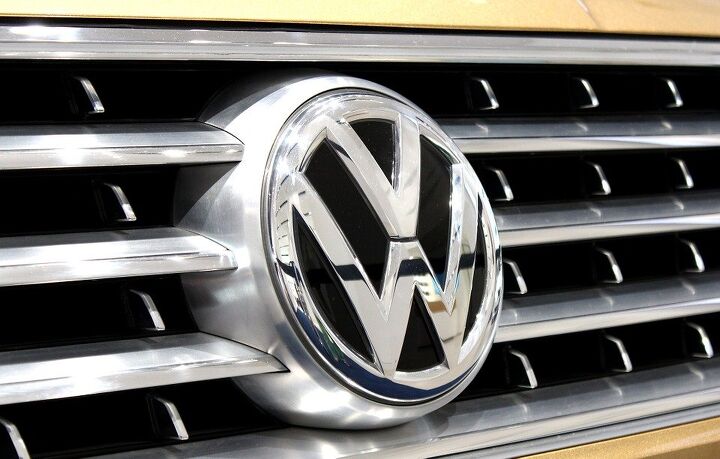



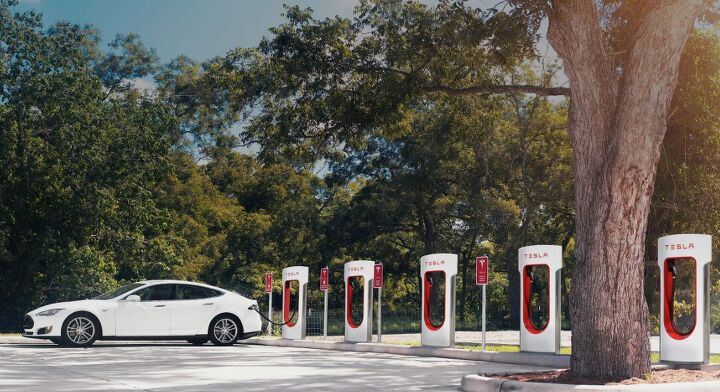


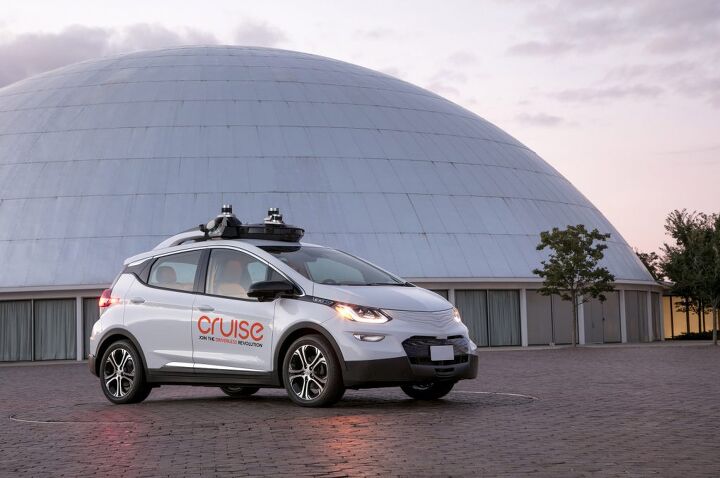

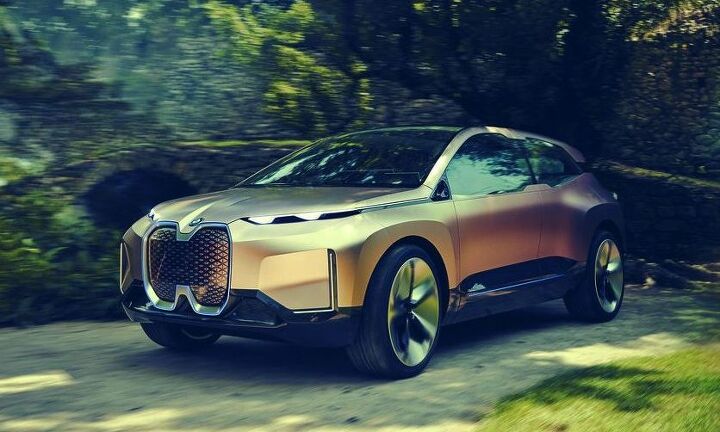
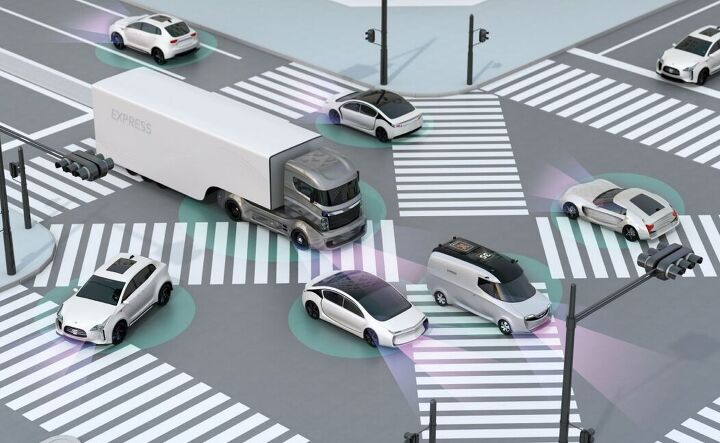

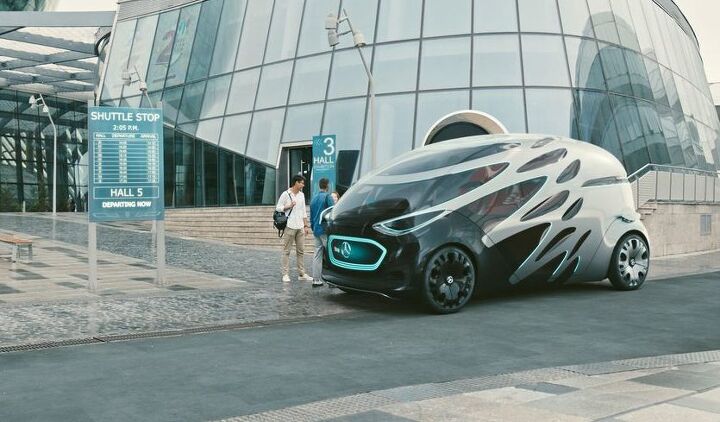
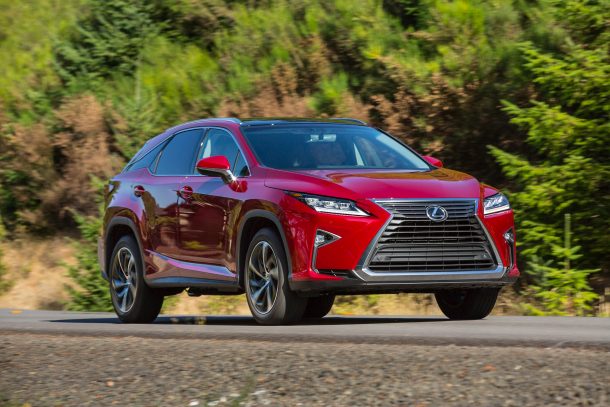












Recent Comments